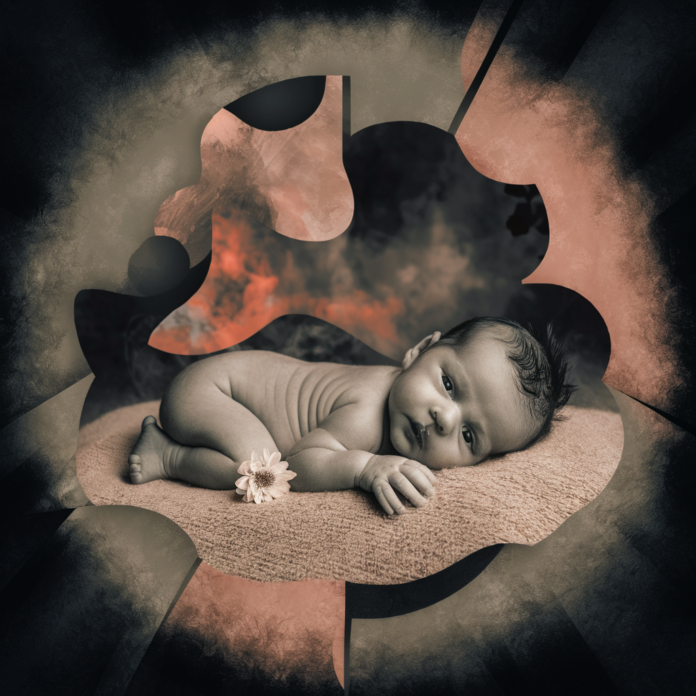Nuography is an emerging artistic movement that blends traditional photography with digital manipulation, creating visually striking narratives that challenge perception. Unlike conventional photography, which aims to capture reality, nuography embraces abstraction, surrealism, and hyper-stylization to evoke emotions and provoke thought. This art form thrives in the digital era, where advanced editing tools and AI-driven enhancements allow artists to push creative boundaries. Whether through dreamlike compositions, glitch effects, or experimental color grading, nuography redefines how we interpret images. In this article, we explore the key aspects of nuography, its techniques, and its impact on modern visual culture.
1. The Origins of Nuography: Bridging Photography and Digital Art
Nuography did not emerge in isolation; it evolved from the intersection of photography, digital art, and graphic design. Early influences include surrealist photographers like Man Ray, who experimented with photomontage, and later digital artists who utilized software like Photoshop to manipulate images beyond realism. The rise of social media platforms such as Instagram and Behance accelerated nuography’s growth, as artists sought new ways to stand out in an oversaturated visual landscape. Today, nuography is not just a technique but a philosophy—one that prioritizes mood, symbolism, and aesthetic experimentation over literal representation.
2. Core Techniques in Nuography: From Editing to AI Integration
What sets nuography apart is its reliance on post-processing techniques that transform ordinary photos into extraordinary visuals. Common methods include double exposure, chromatic aberration, texture overlays, and intentional distortion. Many nuographers also incorporate AI tools to generate or enhance elements within their work, blending human creativity with machine-generated patterns. Color plays a crucial role, with many artists opting for bold, unconventional palettes that defy natural lighting. The result is often a hybrid between a photograph and a painting—a digital artifact that feels both familiar and alien.
3. The Emotional Power of Nuography: Why It Resonates
Unlike traditional photography, which often documents reality, nuography thrives on emotional ambiguity. By distorting shapes, exaggerating colors, or merging multiple images, artists can convey complex feelings—nostalgia, unease, wonder—without relying on explicit subject matter. This makes nuography particularly compelling in advertising, album covers, and conceptual art, where the goal is to evoke rather than explain. Viewers are invited to project their own interpretations onto the work, making each encounter with nuography a deeply personal experience.
4. Nuography in Commercial and Artistic Spaces
Brands and creatives are increasingly adopting nuography to craft distinctive visual identities. In advertising, it helps products appear futuristic or avant-garde, while musicians use it to create immersive album art that complements their sound. On the artistic side, nuography has found a home in digital galleries and NFT marketplaces, where collectors value its blend of technical skill and imaginative flair. As augmented reality (AR) and virtual reality (VR) expand, nuography may evolve further, offering interactive and multidimensional experiences.
5. The Future of Nuography: Where Will It Go Next?
As technology advances, so too will the possibilities for nuography. Generative AI, neural filters, and 3D rendering tools will likely play a bigger role, enabling artists to create even more intricate and dynamic compositions. Some predict a shift toward real-time nuography, where images morph in response to viewer interaction. Others believe the movement will merge with virtual fashion and metaverse aesthetics, blurring the line between digital and physical art. Regardless of its direction, nuography will continue to challenge our visual expectations, proving that photography is no longer just about capturing the world—but reimagining it.
Conclusion
Nuography represents a bold evolution in visual storytelling, where the boundaries between photography, digital art, and surrealism dissolve. By embracing distortion, vibrant colors, and AI-assisted enhancements, artists craft images that are as emotionally charged as they are visually stunning. Whether used for personal expression, branding, or avant-garde projects, nuography pushes creativity into uncharted territory. As tools and platforms evolve, this movement will undoubtedly shape the future of how we see—and interpret—the world around us.



